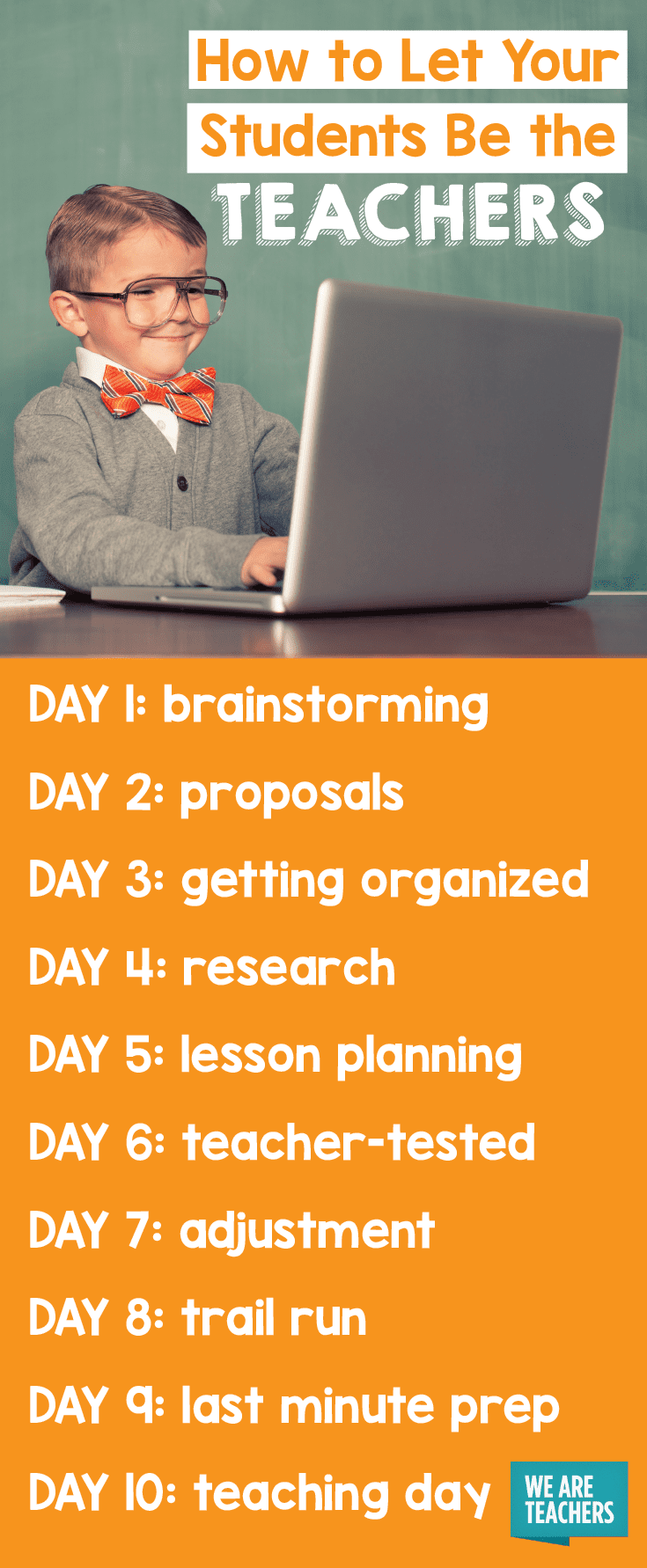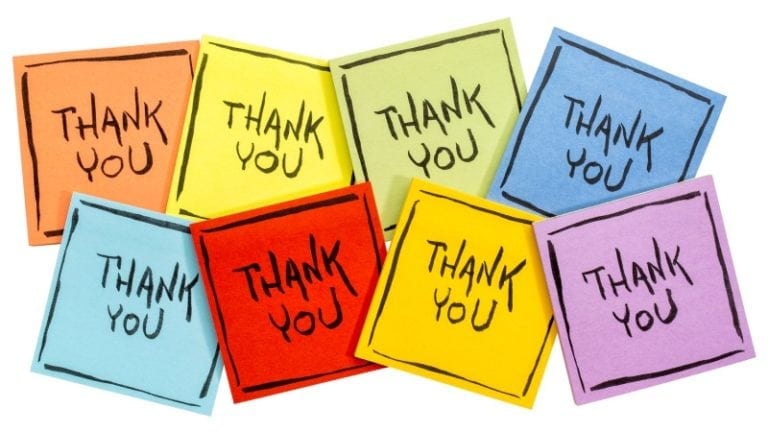The end of school is the time of year most teachers dread. Kids are tired. Teachers are tired. There are 180,000 things on everyone’s mind. The last thing ANYONE wants to do is continue with the same routines. We all need a little break from the monotony! I love the end of the year because it is a golden opportunity to review the year’s work with some serious projects and group work. My favorite activity? Students as teachers.
Students as Teachers
My fourth-grade students had a BLAST the other day teaching our third graders a preview of what they’d learn in fourth grade. They exploded bags, dropped eggs, created an inviting restaurant for the perfect party, decorated a beautiful pet shop, and used motivating texts to inspire serious goal-setting.
They produced anchor charts, graphic organizers, student work pages, rubrics, and I-Can statements galore. It was a rewarding experience and an excellent review. Not to mention that it freed up the third-grade teacher for about an hour and gave me a chance to enjoy my students’ leadership skills.
The whole process of preparing students as teachers took about two weeks. Everything was student planned and designed, and covered topics from throughout the year. Here is the basic timeline of how we prepared.
Day 1: Brainstorming
I split my 24 students into four groups—math, science, reading and writing. I chose students who are really strong in each subject to be group leaders. The rest I placed according to their personality and strengths. I introduced the basic concepts of teaching, over which the kids went CRAZY! They were so excited about being in control!
We talked about the importance of choosing a topic we had learned in fourth grade. The kids used their journals to figure out what they’d like to teach. They spent time brainstorming and coming up with a proposal. I showed them the rubric and timeline to make sure they understood the expectations.
Day 2: Proposals
I checked in with each group’s progress. Writing knew exactly what they wanted—they love animals, so they wanted to make a pet shop. I asked them to come up with a proposal for what students might do. Reading was full of very ambitious kids—they wanted to focus on goal setting. Math decided they wanted to plan a party but weren’t quite sure how to tie it to the curriculum.
We worked together to come up with the idea of analyzing the cost. They’d make decisions on what to order, figure out total cost, and divide it by three people hosting and paying for the party. Science wanted to do something on changes but didn’t quite know what. I remembered a super fun lab I’d done in the past with physical and chemical changes, and showed them some ideas online. They were thrilled!
Day 3: Getting Organized
The goal of the day was to write lesson objectives, design a graphic organizer, and come up with the basic flow for each group’s lesson. I gave them about half an hour to work then told them I would be checking in on their progress. Some of the teams were having NO problems getting going, while others struggled a bit. I spent time with each group, asking guiding questions and helping them focus on what they would be doing. Reading decided to do text structure with an article on goal setting, then move into creating goals. Writing decided to do a persuasive letter, with an emphasis on finding solid reasons for their parents to let them get pets from the pet store. Science decided to run labs to explore the difference between physical and chemical changes.
Day 4: Research
I told students they couldn’t teach something they didn’t understand. Each group was responsible for finding a minimum of four facts or ideas related to their topic.
Day 5: Lesson Planning
I gave students their planning template. They had to turn in a lesson plan including a graphic organizer and some work required.
Day 6: Teacher-Tested
I took the worksheets students turned in and printed them out. Then I taught each lesson (exactly as it was prepared) to the whole class. Some of it was awkward, some of it took FOREVER, and some was super fun. (Have you ever told a room full of kids to chuck an egg on the floor? It’s a trip!) After each lesson, we had a class debriefing where we talked about what went well and what could be better.
Day 7: Adjustment
Students regrouped and adjusted their plans. They also came up with rubrics to use to grade their students.
Day 8: Trail Run
One of my lovely team members brought her students in so we could try our lessons. Writing and math went well and needed no adjustments. Science discovered they needed anchor charts to teach from before expecting students to analyze the results of the labs. Reading was a complete flop. They had planned way too much and it was pretty boring! Luckily, my teammate had a couple of books about goal setting, so the reading team did a last second change-up. They worked together to come up with a new plan—analyzing the theme of the story and then setting goals. It turned out to be great!
Day 9: Last Minute Prep
I-Can statements went on chart paper, anchor charts were finalized, work pages and rubrics were polished, and group roles were ironed out. They did a couple trial runs to see how it would go.
Day 10: Teaching Day
One awesome third grade teacher volunteered as tribute and brought her kids, divided into four groups, to our room. My fourth graders were set up in separate parts of the room, ready to go.
Before we began, I laid out the expectations for the third and fourth graders. Then I set the timer for 16 minutes, and off they went. It was so fun to see how incredibly engaged the third graders were! The fourth graders really excelled as leaders. I enjoyed seeing how some of the students I would not have expected to be outgoing really put themselves out there and took ownership over their project.
The third grade teacher and I walked around the room and observed (with only occasional help given). The younger kids rotated through all four stations in the room, working hard in each one. After they left, the fourth graders used the rubrics they’d created to grade their students. They were so pleased with themselves!
Results
Students as teachers was a super fun, low-prep activity. It took up quite a bit of that extra end-of-year time in a meaningful way. It allowed me to see some of the third graders that may be in my class next year, and let them have a small preview of what life will be like in fourth grade.
There were a couple of things I would do differently next time we do students as teachers. I only allotted 16 minutes per station, worrying about lessons dragging on and kids becoming disengaged. However, it was too short of a time, especially for everything my fourth graders had planned. Next time, I would also have my “teachers” plan some extension activities for early finishers.
My one big takeaway? Sometimes it’s good to sit back and let the kids shine. They’ll surprise you.


